County Carlow: The Celtic Center of Ireland
County Carlow is Ireland’s second-smallest county, and while it’s not as well-known to tourists as some of the other areas of the country, there’s a lot here that shouldn’t be overlooked.
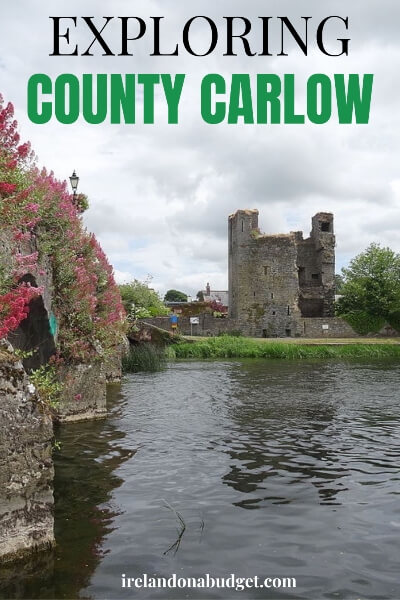 This page contains affiliate links, and I may earn compensation when you click on the links at no additional cost to you.
This page contains affiliate links, and I may earn compensation when you click on the links at no additional cost to you.
If you want to get a feel for County Carlow, you’re best to rent a car.
The range of attractions you’ll see here is varied, from ancient dolmens to grand houses, gardens, and some of Ireland’s most tranquil landscapes.
Carlow is about an hour’s drive from Dublin, a two-hour drive from Cork and a 2.5-hour drive from Galway.
If you’re traveling to Ireland from mainland Europe by ferry, the distance between Carlow and the Rosslare Europort in Co. Wexford is approximately 92 km (57 miles).
Here are some of the county’s most popular attractions and other places that you should check out on your travels through County Carlow.
Carlow Town
In and around Carlow town you can see the following sites:
Carlow Castle
Carlow Castle was built between 1207 and 1213.
It is located close to the River Barrow, one of three rivers in Ireland known as “The Three Sisters.”
In fact, the Barrow is the second-longest river in the country, after the River Shannon.
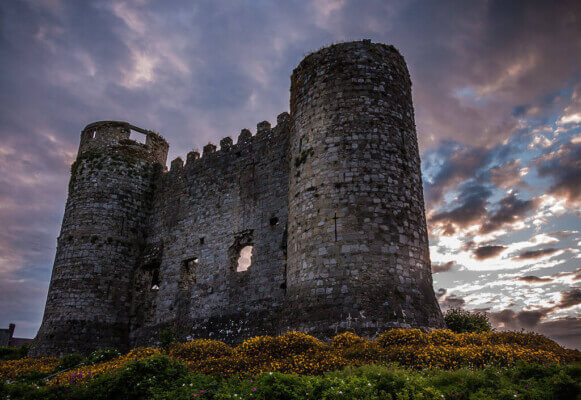
The castle, located close to the town, was originally built by William Marshal, the 2nd Earl of Pembroke.
It is believed to be Ireland’s first towered keep.
The British granted the castle to Thomas Plantagenet, the 5th son of King Edward I of England, in 1312.
In 1616, The Earl of Thomond Donogh O’Brien purchased it. After that, it changed hands several times and was under the control of Oliver Cromwell for a while.
O’Brien eventually regained it, and it presumably remained in his family until the 19th century when a local doctor wishing to turn it into an asylum instead demolished the interior with explosives.
All that is left of this once-important castle are two battered towers and part of an intervening wall.
Find Last Minute Deals to Ireland with Tourradar
Carlow County Museum
Ireland’s county museums are sometimes overlooked as tourist attractions, but the Carlow County Museum, housed in the former Presentation Convent in the town, is well worth a visit.
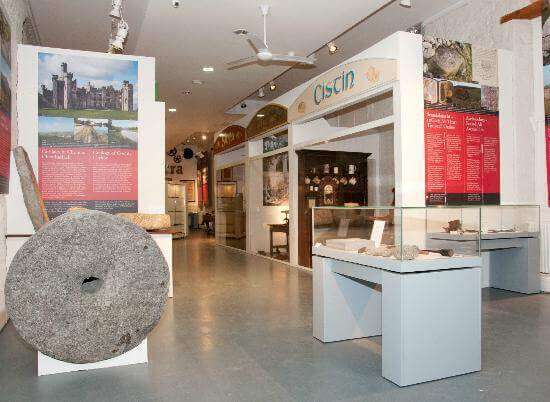
Awarded a TripAdvisor Certificate of Excellence in 2018 and 2019, the museum has four galleries showcasing a wide collection of artifacts that document the county’s rich history.
Some of them include the original gallow trapdoor from Carlow Gaol (which is now the Carlow Shopping Centre); the 6-meter (19-foot) carved pulpit from Carlow Cathedral; items from Carlow’s former sugar factory, the smoking pipe of Captain Myles Keogh, who was killed at the Battle of the Little Big Horn, and much more.
The museum is free to visit.
Booking.com
Carlow Courthouse
With a design based on Athens’ Temple of Llissus, this has to be among Ireland’s finest courthouses.
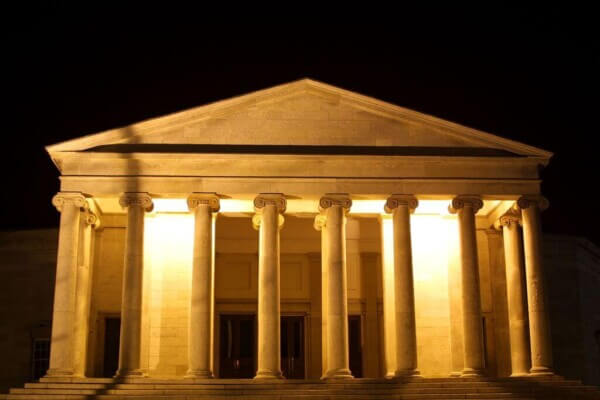
The design, created by William Vitruvius Morrison in 1830, was meant for Cork City, but the plans got mixed up and Carlow town became the beneficiary.
The building continues to be used as a judicial facility
Carlow Cathedral
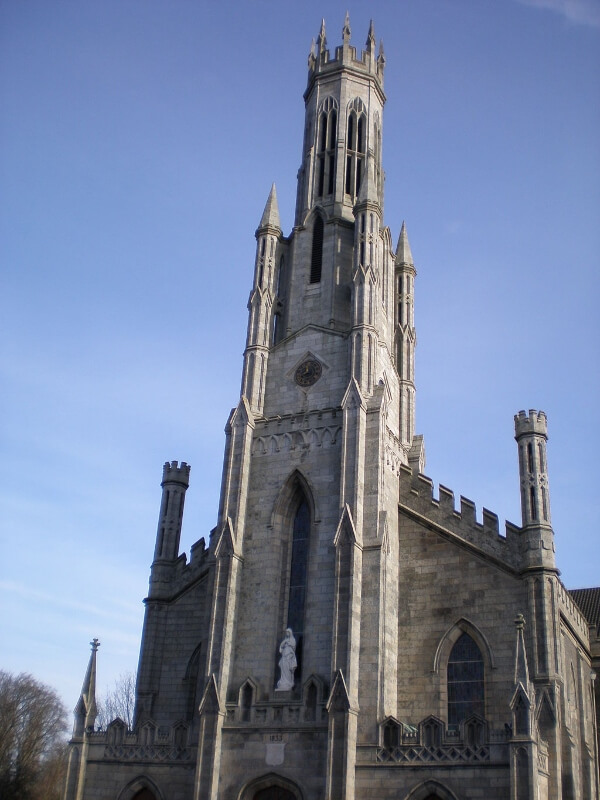
The town’s cathedral is known locally for its beautiful Neo-Gothic spire and lantern, which was inspired by the Belfry of Bruges.
The cathedral is dedicated to the former Bishop James Doyle, who is regarded as a prominent advocate of Catholic rights in Ireland.
Delta Sensory Gardens
If you’re looking for an “oasis of peace and tranquility,” you’ll find it at the Delta Sensory Gardens on the outskirts of town.
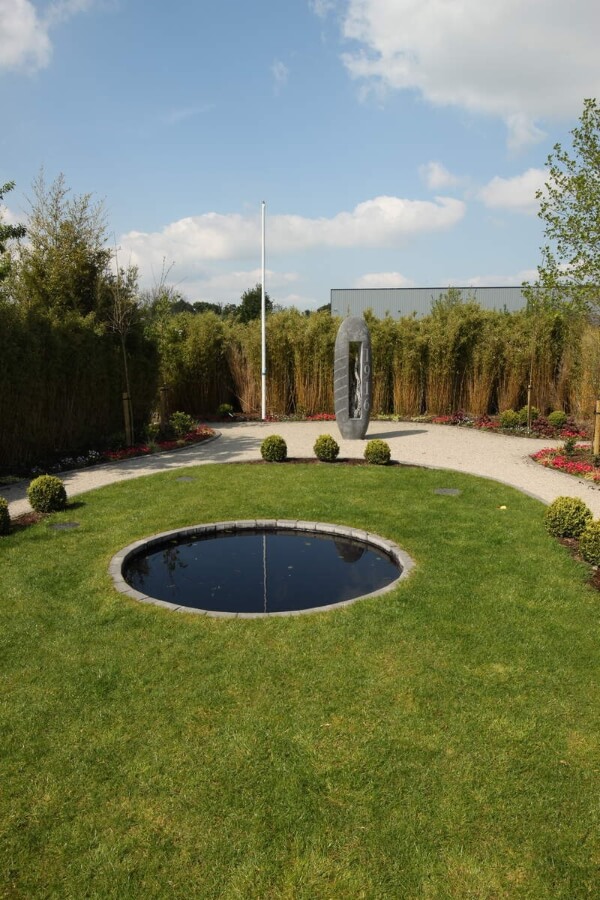
Set on a 2.5-acre site with 16 interconnecting gardens, the gardens are part of Delta Centre which was established in 1990 as a center for adults with disabilities.
The Delta Sensory Gardens are a mixture of woodlands, fountains, waterfalls, sculptures, even a giant chessboard.
The Five Senses Garden is particularly appealing, with its various tactile surfaces, including timber, steel, stone, marble, and glass.
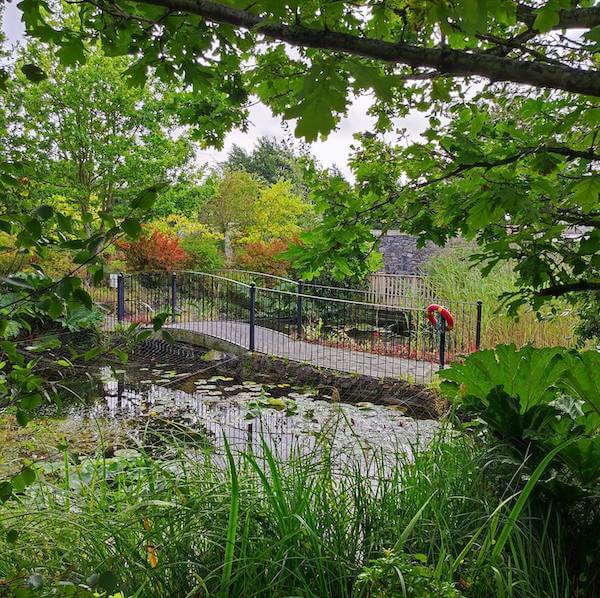
Inhale the relaxing scents of nacreous and lavender that are planted at two levels.
The most stunning feature of this garden is the Kugal, a ton-weight piece of pink marble floating on a cushion of water, with a limestone base and colorful blue glass surrounding it.
The wheelchair-accessible gardens were officially opened in 2007 and are the only ones of their kind in Ireland.
Many families with special needs children bring their kids to this lovely spot.
As you make your way across County Carlow, be sure to visit the following attractions:
Altamont Gardens
If you like flowers and old-world gardens in general, you’ll enjoy a visit to Co. Carlow’s Altamont Gardens.
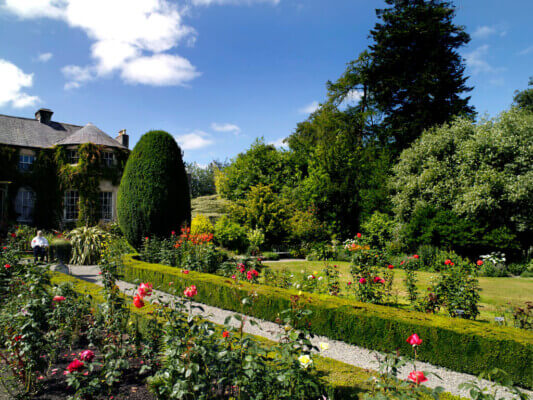
The Robinson-style gardens cover 16 hectares, with different plants flourishing during the spring, summer, and fall seasons.
The gardens are home to native species as well as a variety of exotic ones, including the Swamp Cypress, the Red Oak, and the Giant Redwood.
There is also a nearby river and lake walk, making this an ideal spot for some quiet time.
The gardens are open every day throughout the year. Altamont Gardens is free to visit.
The Barrow Valley
The Barrow Valley is a beautiful area of Ireland that tourists are often unaware of.
With the River Barrow as its focal point, it runs through an unspoiled landscape that includes much of County Carlow.
For centuries the River Barrow was an important source for the transport of grain, sugar beet, coal, porter, and other goods.
When the railways were developed in Ireland, much of that transportation by water was transferred to trains.
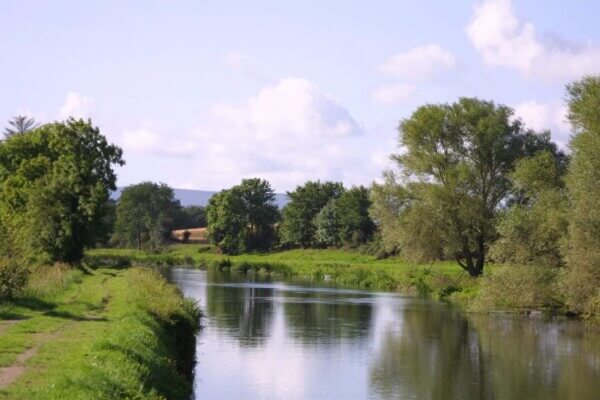
Today, however, the area is a priceless resource for many, including anglers, boating enthusiasts, swimmers, as well as walkers and cyclists who take to the Barrow Way, a 70-km (43-mile) scenic route of gravel and grassy paths that actually starts in nearby Co. Kildare.
The trail is never far from the River Barrow, which meanders through some of County Carlow's most pastoral landscapes.
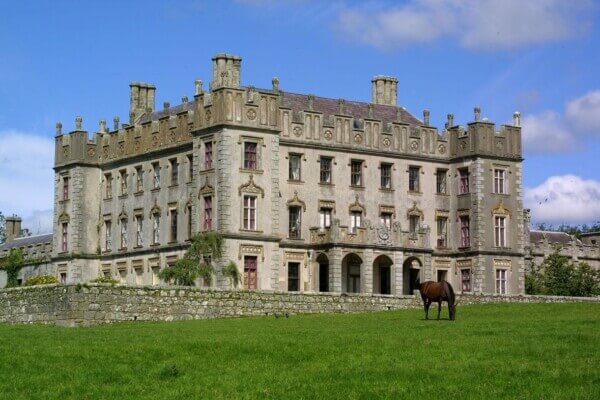
The Barrow Valley is also home to Borris House, the ancestral home of the McMurrough Kavanaghs.
They are one of the few ancient Irish families to have retained possession of their lands, even in times of turbulence and British rule.
The home is open to visitors at certain times of the year. Admission is €10.
Borris House is the location for the annual Festival of Writing and Ideas and is also available for private events, including weddings.
Brownshill Dolmen
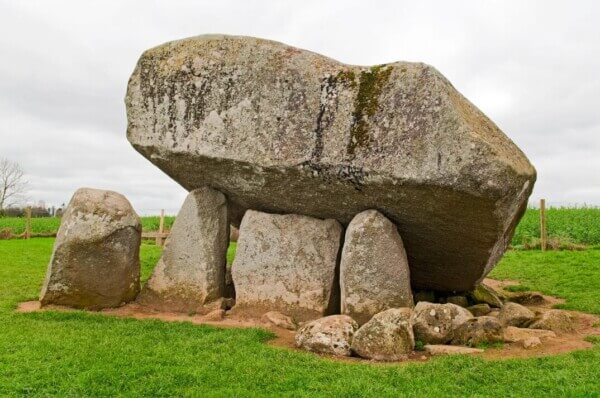
This huge megalithic monument is the largest and heaviest in Europe.
Made up of two portal stones and a gate stone that supports a massive 150-ton granite capstone, it is rightly listed as one of Ireland’s National Monuments.
Built between 4,000 and 3,000 B.C., some say it served as the tomb of a local chieftain; others suggest it served as a kind of border marker.
You’ll find this wondrous attraction in the middle of a field close to a small visitor car park off the R726.
Get Unlimited Wifi With Wifi Candy – take 10% off with code IOB2024
Duckett’s Grove
This Gothic Revival-style ruin was once the home of the Duckett family, who were at one time the largest landowners in all of County Carlow.
Built between 1815 and 1850, the derelict house, complete with towers and turrets, has attracted paranormal seekers for years.
In 2011, it was featured on Syfy’s “Destination Truth,” a weekly paranormal reality TV series.
The house was destroyed by fire in 1933.
In 2005, Carlow County Council took ownership of the grand ruin and began renovating the grounds, which includes two beautiful Georgian walled gardens.
The gardens contain a variety of plants and flowers, including shrub roses, a collection of Chinese and Japanese peonies, azaleas, rhododendrons, and more.
There are also figs and a historical variety of Irish apples.
Free guided tours will give you the history of the house and of the Duckett family, who arrived in the area around 1695.
The estate is open year-round and is it is free to explore.
Huntington Castle & Gardens
Also known as Clonegal Castle, this was once a “plantation castle” used for defensive purposes during the plantation of the region by the British Crown in the early 17th century.
The original tower house was owned by the Caviness family, an old Irish clan.
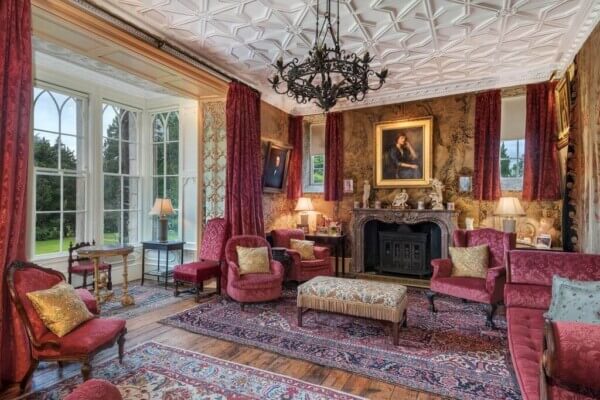
Because of its strategic location between Dublin and Wexford, the castle was an easy target for the notorious Oliver Cromwell, who captured it as he marched on Kilkenny in 1650, keeping it for several years as a garrison.
The family eventually regained the house and over the generations, made several changes to it, including converting the basement into a temple to the Egyptian Goddess Isis.
You can take a guided tour of the building from June through September. It is also a popular spot for weddings.
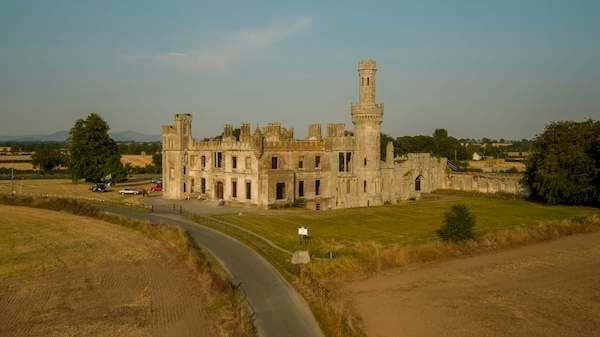
The formal gardens, laid out in the Italian “Parterre” style, are also worth seeing.
Their impressive features include the French Lime Avenue, which was planted in 1680, and the 500-year-old Yew Walk.
St. Mullins Ecclesiastical Village
This tranquil spot is the final resting place of St. Moling, who established this monastery in the 7th century, as well as several of Leinster’s ancient kings.
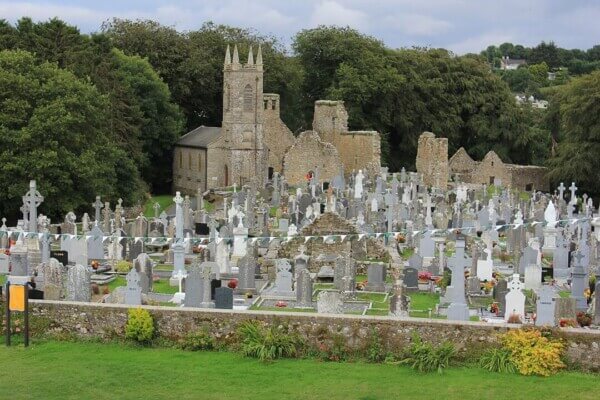
Nestled in the shadow of the Blackstairs Mountains, these ecclesiastical ruins include five churches and the remains of a round tower.
Take a stroll through the graveyard and you’ll discover a wonderful collection of 18th and 19th-century gravestones, as well as the remains of an altar in the center of the graveyard where mass was said in secret during Penal Times.
At the nearby St. Mullins Heritage Centre, you’ll find more information, including church records, maps, old photographs, and various artifacts.
Read More: County Carlow's Historic Attractions Evidence of its Ancient Past

